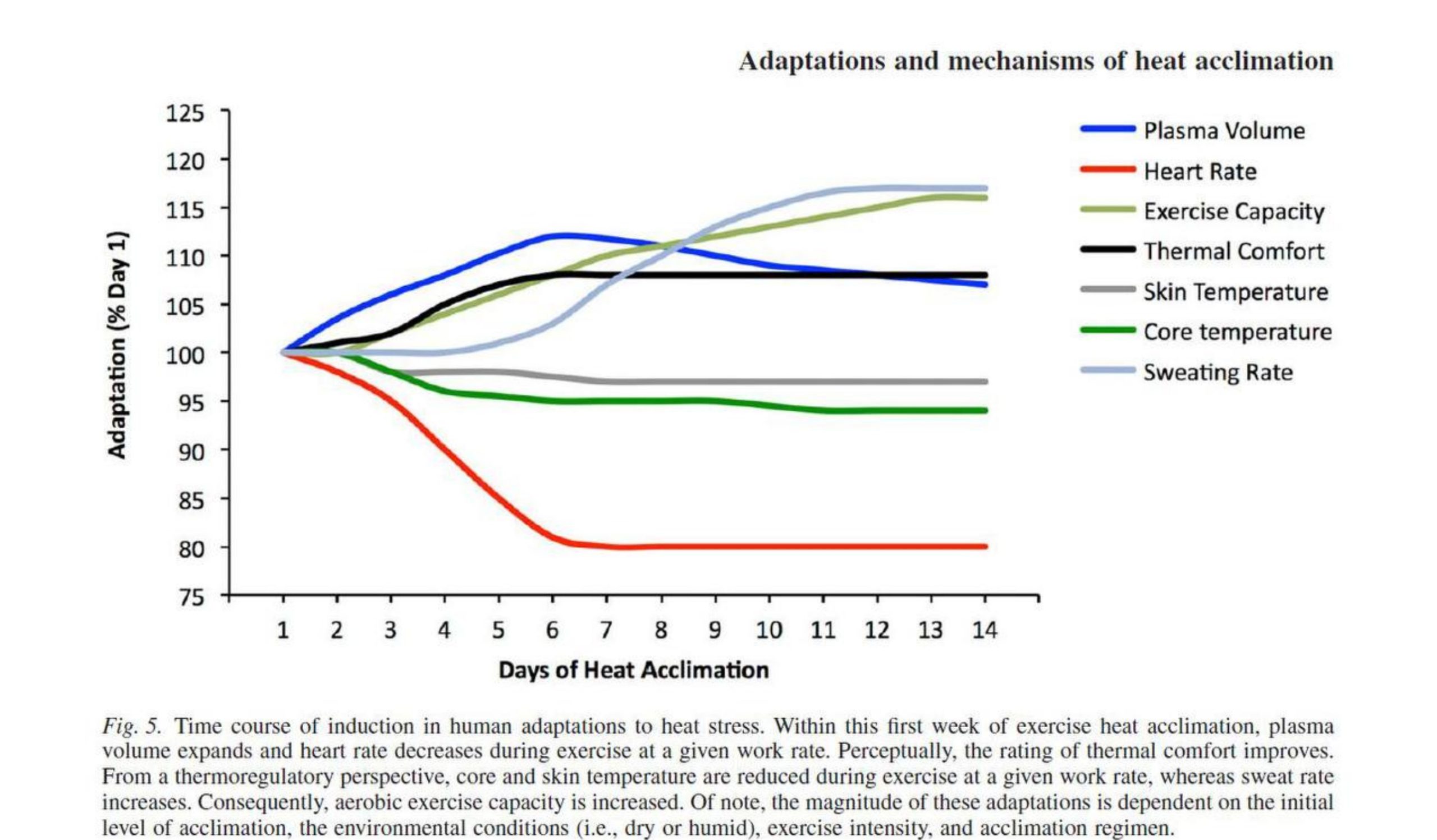According to a study published in the journal Sports Medicine, the minimum duration of heat acclimation is critical for athletes to adapt to high temperatures and improve performance. The study suggested that athletes should undergo five consecutive days of training sessions lasting 60-90 minutes at competition temperature to achieve optimal results. This approach involves gradually increasing the intensity and duration of training sessions over the five-day period, allowing the body to adapt to the heat and improve its ability to regulate core body temperature.
An alternative approach to heat acclimation is to undergo five sauna sessions after training, starting with 15 minutes and gradually increasing to 25 minutes. This method has been shown to be effective in improving heat tolerance and reducing the risk of heat-related illnesses. During sauna sessions, the body is exposed to high temperatures, which leads to sweating and increased blood flow to the skin. This, in turn, leads to improved heat dissipation and a reduced risk of heat stress during exercise.
Regardless of the approach used, heat acclimation is an important aspect of training for athletes competing in hot environments. By improving the body’s ability to regulate its core temperature, athletes can perform better and reduce the risk of heat-related illnesses. In addition to the physical benefits, heat acclimation can also help athletes mentally prepare for competing in hot environments, giving them the confidence and mental toughness needed to perform at their best.
The longer the duration, the better the adaptation. The recommended timeframe for full heat adaptation, according to a roundtable discussion on preseason heat safety in secondary school athletics, is 10-14 days.

